Best Roofing Options for Withstanding Midwest Storms in Champaign, IL
By Scott & Karen Dillman | October 15, 2025
Highlights:
- Midwest storms bring heavy rain, hail, wind, and snow that challenge roofing durability.
- Asphalt shingles, metal roofing, and impact-resistant shingles provide the best storm protection.
- Proper installation and maintenance are just as important as material choice.
- Champaign, IL homeowners benefit from roofing tailored to local climate extremes.
- Dillman Brothers offers expert guidance to ensure long-lasting, storm-resistant roofing systems.
What Type of Roofing Is Best for Withstanding Midwest Storms?
Midwest homeowners are no strangers to severe weather. From spring thunderstorms to heavy snow in winter, roofs endure constant stress. Choosing the right roofing material is critical for safety, durability, and long-term cost savings. Different materials handle wind, hail, and moisture in unique ways. For homeowners in Champaign, IL, the decision often comes down to balancing performance with budget. Roofs must not only withstand daily wear but also survive sudden weather events. By examining key roofing materials, their strengths, and storm resistance, you can select the best option to protect your home against Midwest climate challenges.
Understanding Midwest Weather Challenges
The Midwest experiences a wide variety of weather extremes. Summer thunderstorms bring heavy rain, lightning, and high winds that test roofing integrity. Hail is particularly destructive, leaving dents or cracks in shingles. Winter storms add layers of ice and snow, increasing the risk of leaks and roof collapse. Tornado activity, while localized, poses additional threats. According to the Midwestern Regional Climate Center, the Midwest averages thousands of severe storm reports each year, highlighting the need for resilient building materials. When considering roofing options, homeowners must prioritize durability against these multiple hazards to ensure long-term home protection.
Asphalt Shingles: Reliable and Cost-Effective
Asphalt shingles are the most common roofing material in the Midwest. Their affordability and versatility make them a practical choice. Modern asphalt shingles are reinforced with fiberglass, giving them stronger resistance to wind and impact. High-quality architectural shingles offer better storm performance compared to traditional three-tab versions. Many products are rated to withstand winds up to 130 mph. Asphalt shingles also provide a good balance of weight, flexibility, and water resistance. While not the longest-lasting material, their widespread availability and reasonable cost make them a reliable option for homeowners looking for effective storm protection on a budget.
Metal Roofing: Superior Storm Resistance
Metal roofing stands out as one of the most durable options for Midwest storms. Made from steel, aluminum, or copper, these roofs resist hail, wind, and fire better than many alternatives. Their interlocking panels provide strong wind uplift protection, making them ideal for tornado-prone areas. According to Englert Inc, metal roofs typically last 40 to 70 years (with premium metals exceeding that) and offer excellent energy performance by reflecting solar heat, reducing cooling loads by up to 25 %. While the upfront cost is higher than asphalt shingles, metal roofing offers lifespans of 40–70 years, making it a long-term investment. For Midwest homeowners, the resilience of metal roofing can pay off in reduced repairs.
FAQ
Are asphalt shingles enough to handle Midwest storms?
Yes, when using high-quality, impact-resistant shingles, they can perform well against wind and hail.
Does metal roofing make homes louder during storms?
No, with proper insulation, metal roofs are not significantly louder than other materials.
Is storm damage covered by roofing warranties?
Many warranties exclude “acts of God,” so insurance usually covers storm-related damage instead.
Impact-Resistant Shingles
Impact-resistant shingles are engineered to withstand hail and flying debris. They are tested under industry standards to resist cracking and breaking. This makes them particularly valuable in areas prone to frequent hailstorms. According to the Insurance Institute for Business & Home Safety, shingles with “Good” or “Excellent” hail impact ratings show significantly better resistance to damage than standard shingles, helping homeowners reduce costly repairs. Many insurance companies also offer discounts for homes with these shingles, recognizing the reduced risk. While they cost more than standard asphalt shingles, their durability against hail and wind makes them a smart investment for Midwest homeowners seeking long-term protection.
Slate and Tile Roofing: Heavy but Resilient
Slate and tile roofing provide exceptional longevity and resistance to weather but come with unique challenges. Their weight requires reinforced roof structures, which may not be practical for all homes. However, when properly installed, slate and tile can withstand high winds and heavy precipitation. They are also naturally fire-resistant. Midwest homeowners who value aesthetics and durability may consider these premium options, though cost and weight limitations may be a barrier. Slate roofs can last over a century, while tile offers decades of performance. These materials provide unmatched durability but demand careful planning and professional installation to perform effectively.
Roof Installation and Maintenance
Even the strongest roofing materials fail without proper installation and upkeep. Professional installation ensures shingles or panels are secured against wind uplift and sealed against moisture intrusion. Regular inspections are equally important, especially after severe storms. By working with local professionals, like Dillman Brothers in Champaign, IL, homeowners can ensure their roofing system is not only storm-ready but also meets building code standards. Proactive maintenance extends roof life and prevents costly storm-related repairs down the road.
FAQ
How often should I inspect my roof in storm-prone areas?
At least twice per year and after any major storm event.
Does roof pitch affect storm resistance?
Yes, steeper pitches shed rain and snow faster, reducing storm-related damage risks.
Is professional installation worth the cost?
Yes, poor installation is one of the top reasons roofs fail in severe weather.
Balancing Cost and Durability
Every roofing option involves trade-offs between cost, performance, and longevity. Asphalt shingles remain the most budget-friendly, while metal roofing offers unmatched durability. Impact-resistant shingles balance affordability and storm resilience, while slate and tile provide premium protection at higher costs. Midwest homeowners should also consider insurance benefits, energy savings, and resale value when making their choice. While upfront costs can be daunting, investing in high-quality roofing materials pays off through reduced storm damage, lower maintenance, and longer replacement cycles. Ultimately, the best choice depends on balancing your budget with your home’s exposure to severe weather risks.
Storm-Ready Roofing for Midwest Homes
Midwest storms demand strong, durable roofing systems designed to withstand high winds, hail, heavy snow, and intense rain. Asphalt shingles, metal roofing, and impact-resistant shingles stand out as practical, storm-resistant solutions. Proper installation and routine maintenance are just as vital as material choice, ensuring performance when storms strike. For homeowners in Champaign, IL, local expertise from Dillman Brothers can make the difference between minor repairs and major storm damage. By selecting the right roofing system and maintaining it, you’ll gain peace of mind knowing your home is prepared to handle whatever the Midwest skies deliver year after year.
FAQ
Which roofing material lasts the longest?
Slate and metal roofs offer the longest lifespans, often lasting 50 years or more.
Do insurance companies favor certain roofing types?
Yes, impact-resistant shingles and metal roofing often qualify for premium discounts.
What’s the best roofing option for Midwest hail?
Impact-resistant shingles and metal roofing provide the strongest protection against hail damage.
When it comes to protecting your home from unpredictable Midwest storms, investing in the right roofing is one of the smartest decisions you can make. The combination of quality materials, expert installation, and consistent upkeep provides the best shield against wind, hail, and heavy rain. For homeowners in Champaign, IL, working with trusted professionals like Dillman Brothers ensures that your roofing system is tailored to local conditions and built to last. By choosing a storm-resistant roof today, you gain long-term peace of mind knowing your home is ready for tomorrow’s weather challenges.
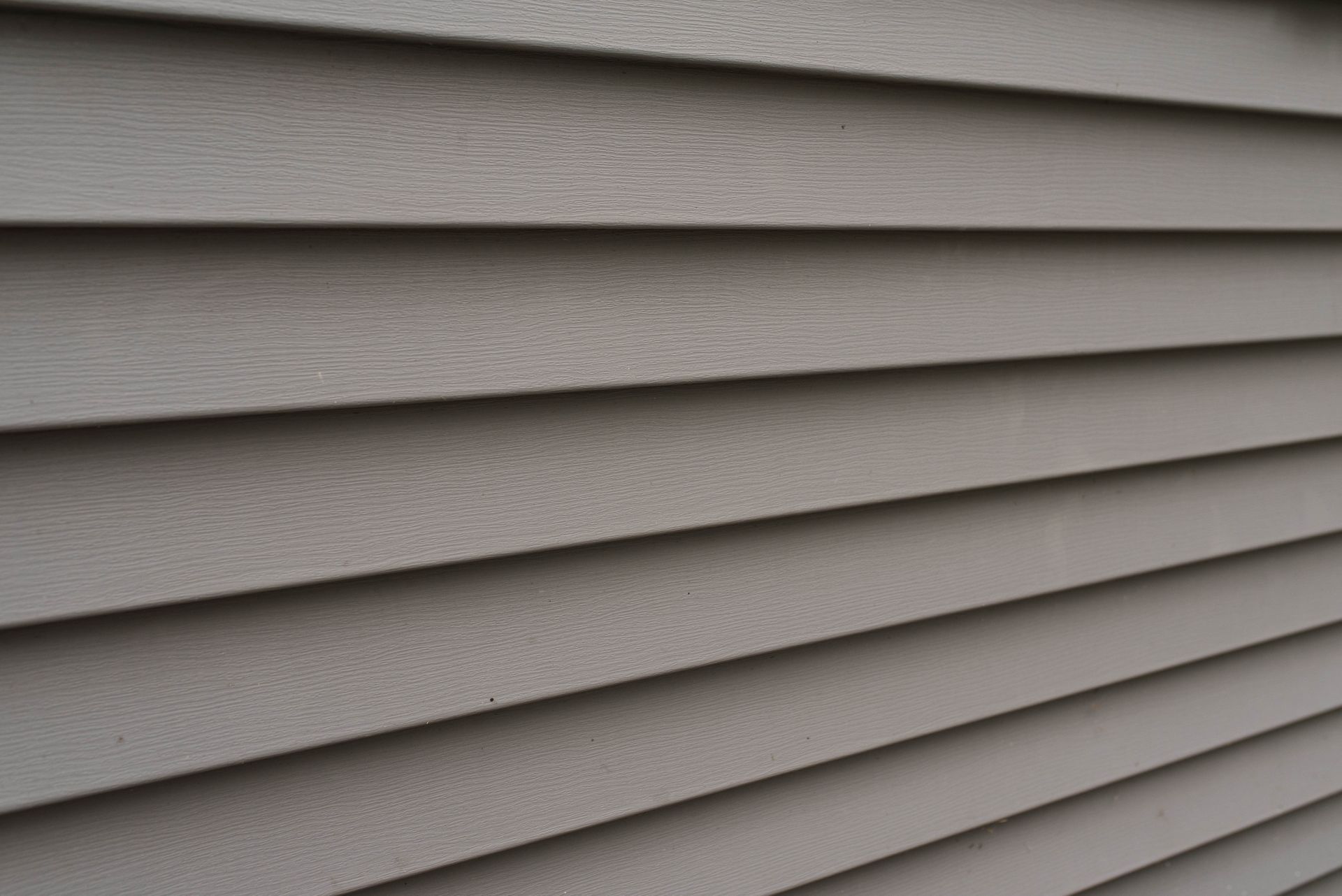


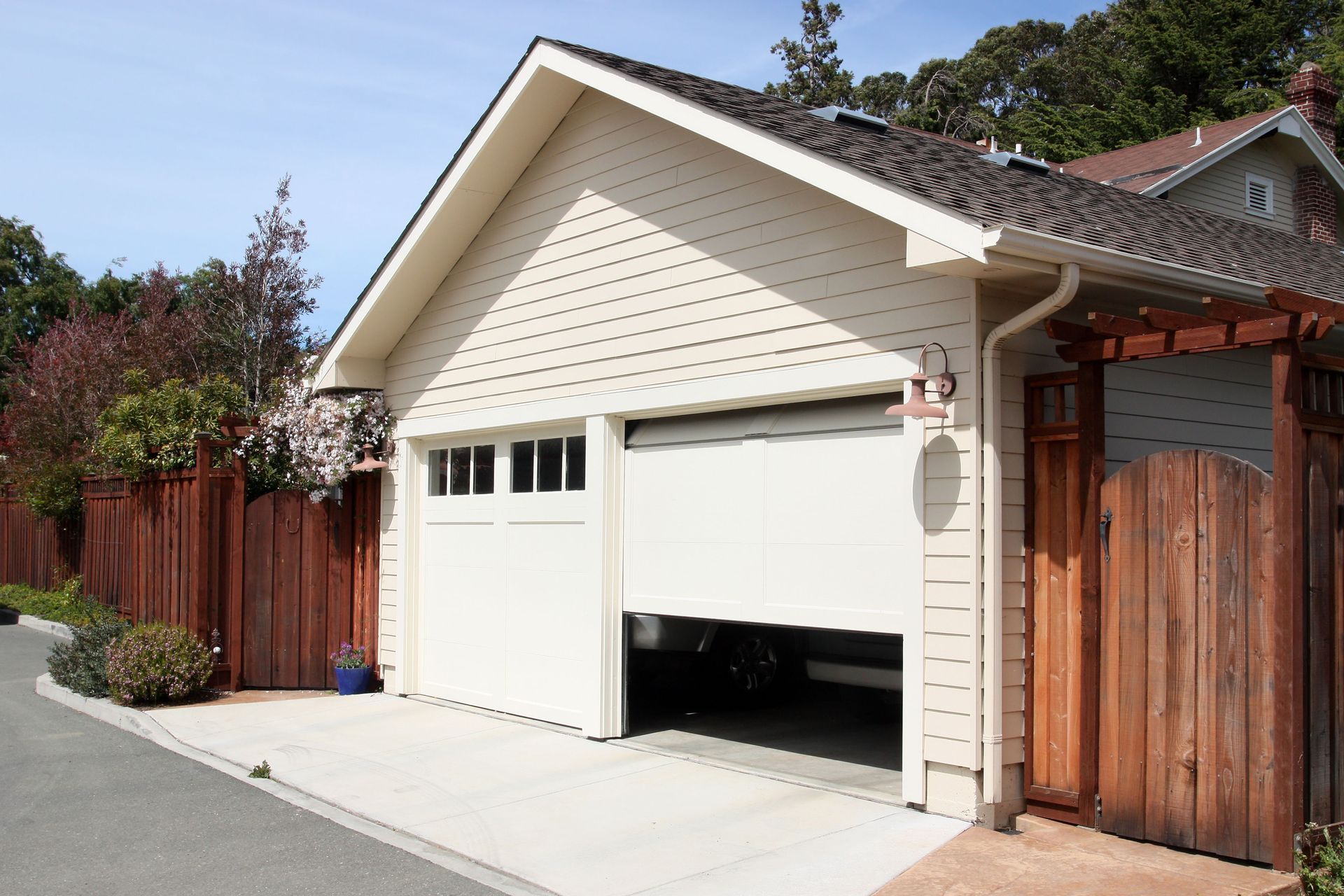
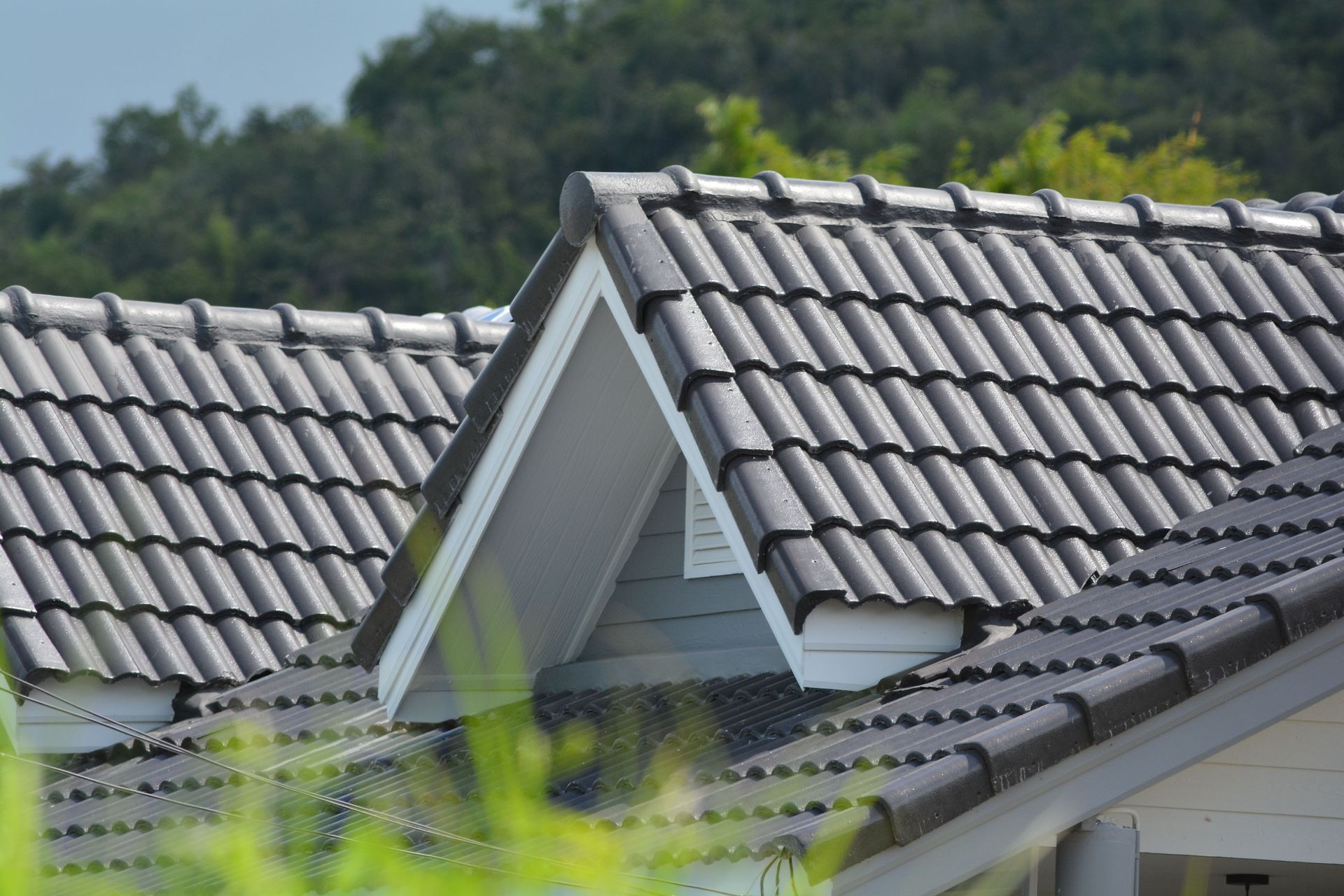
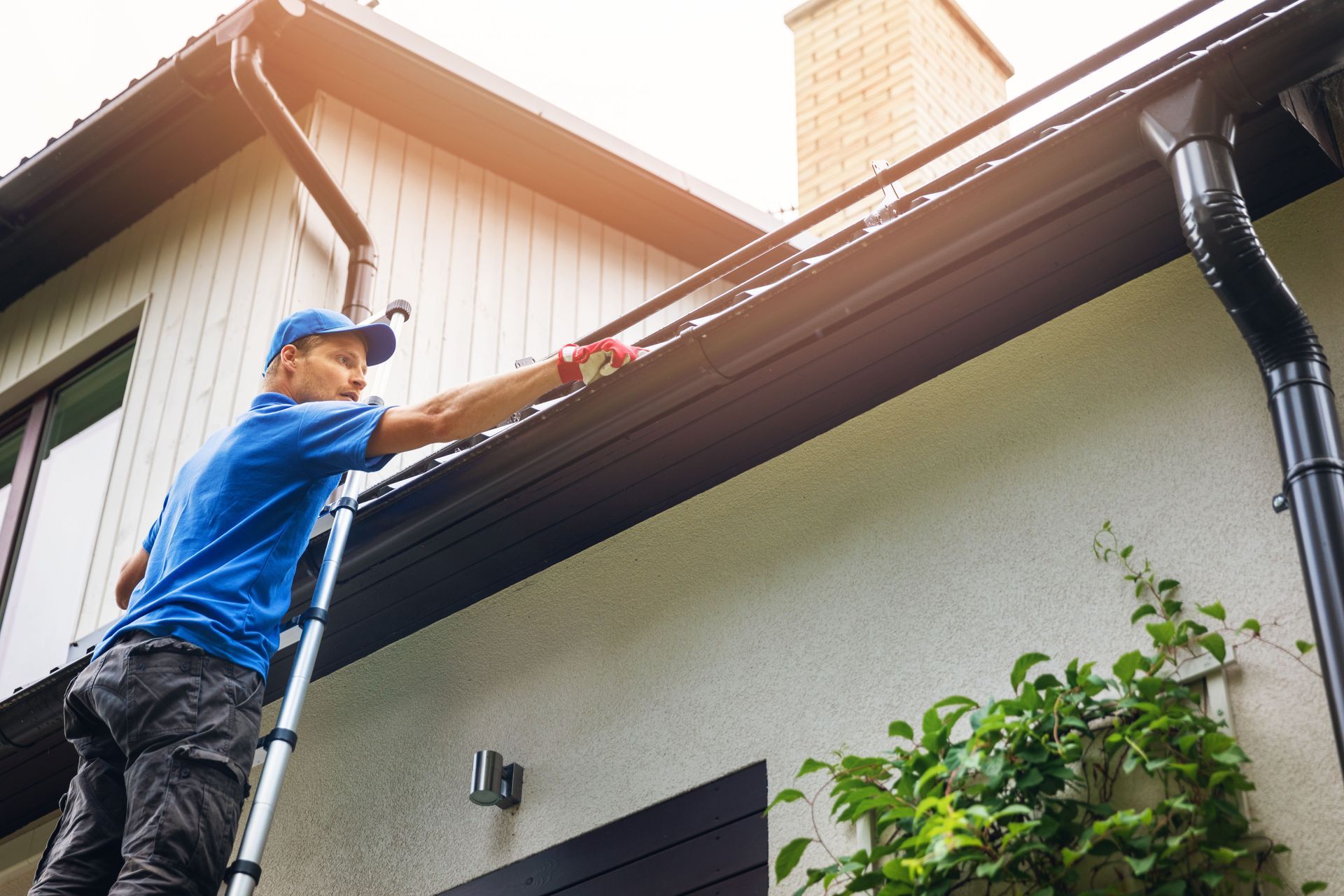
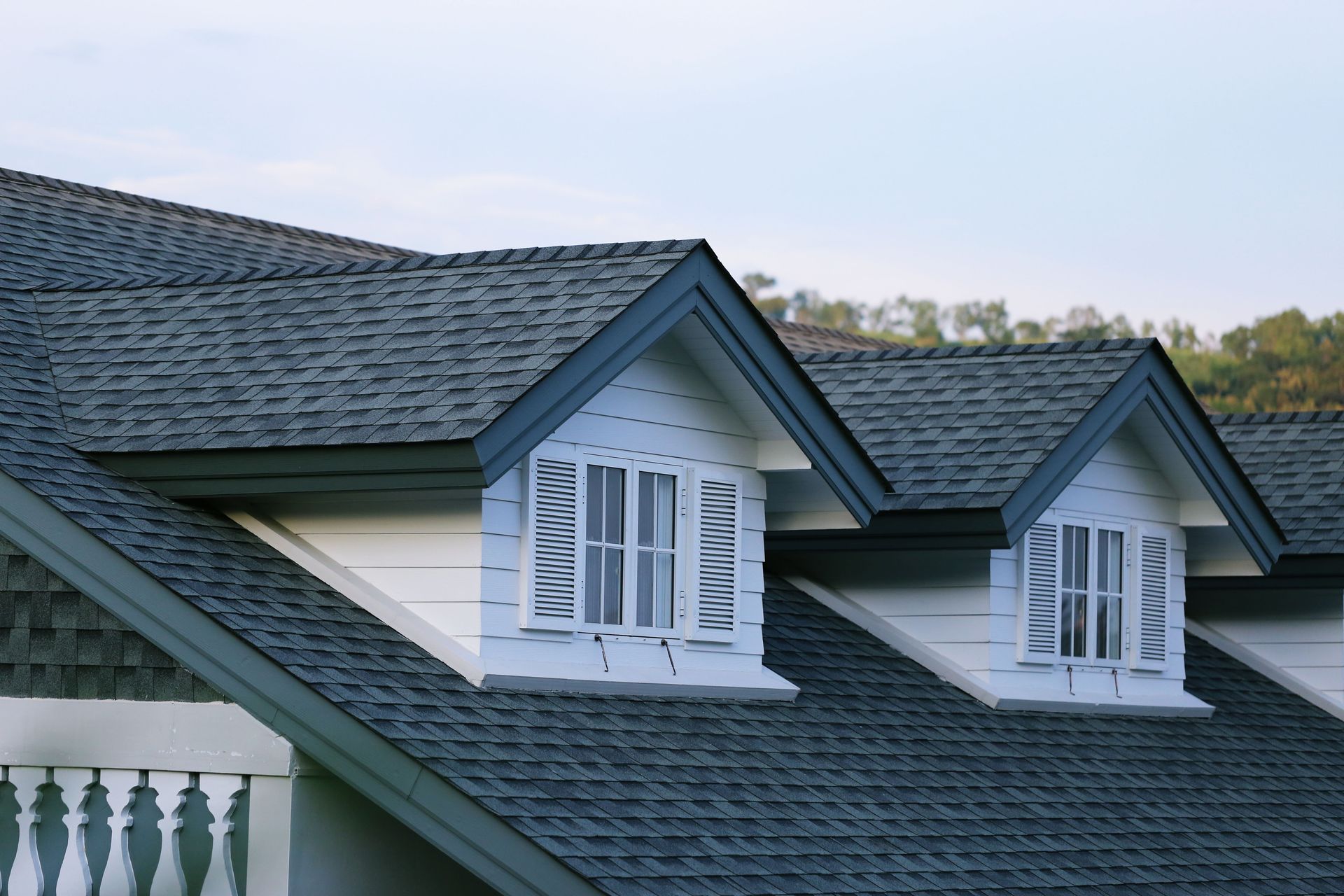
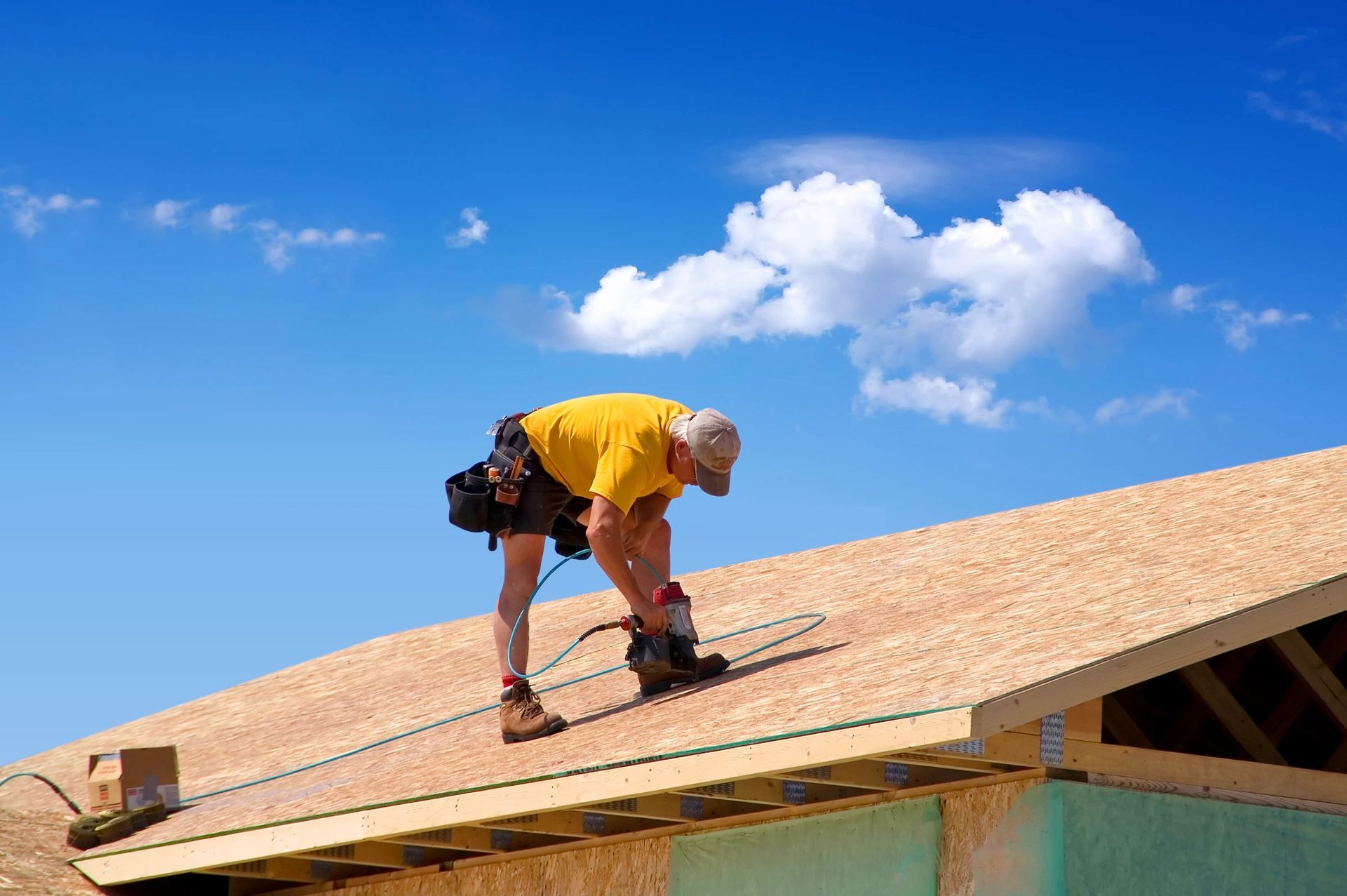
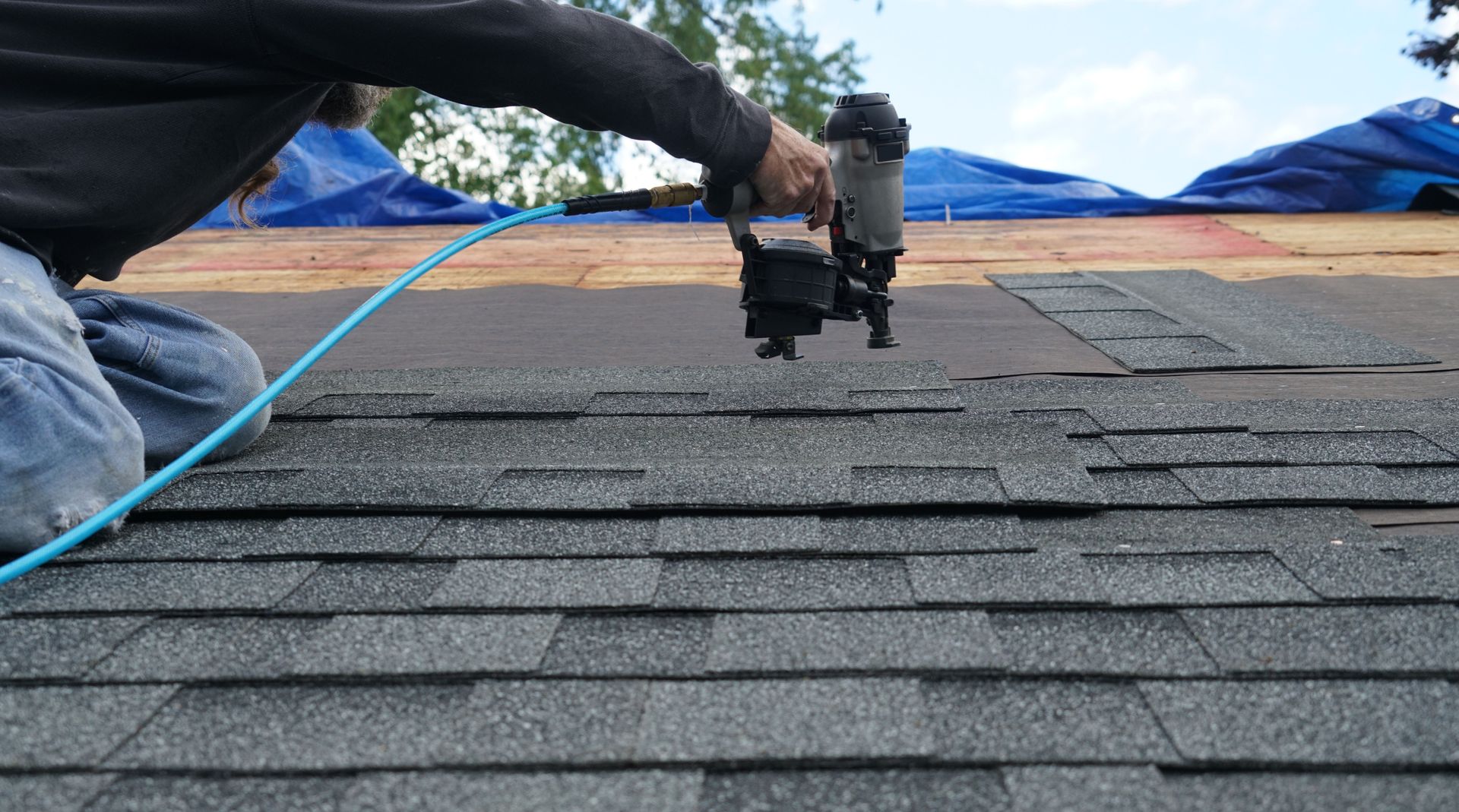
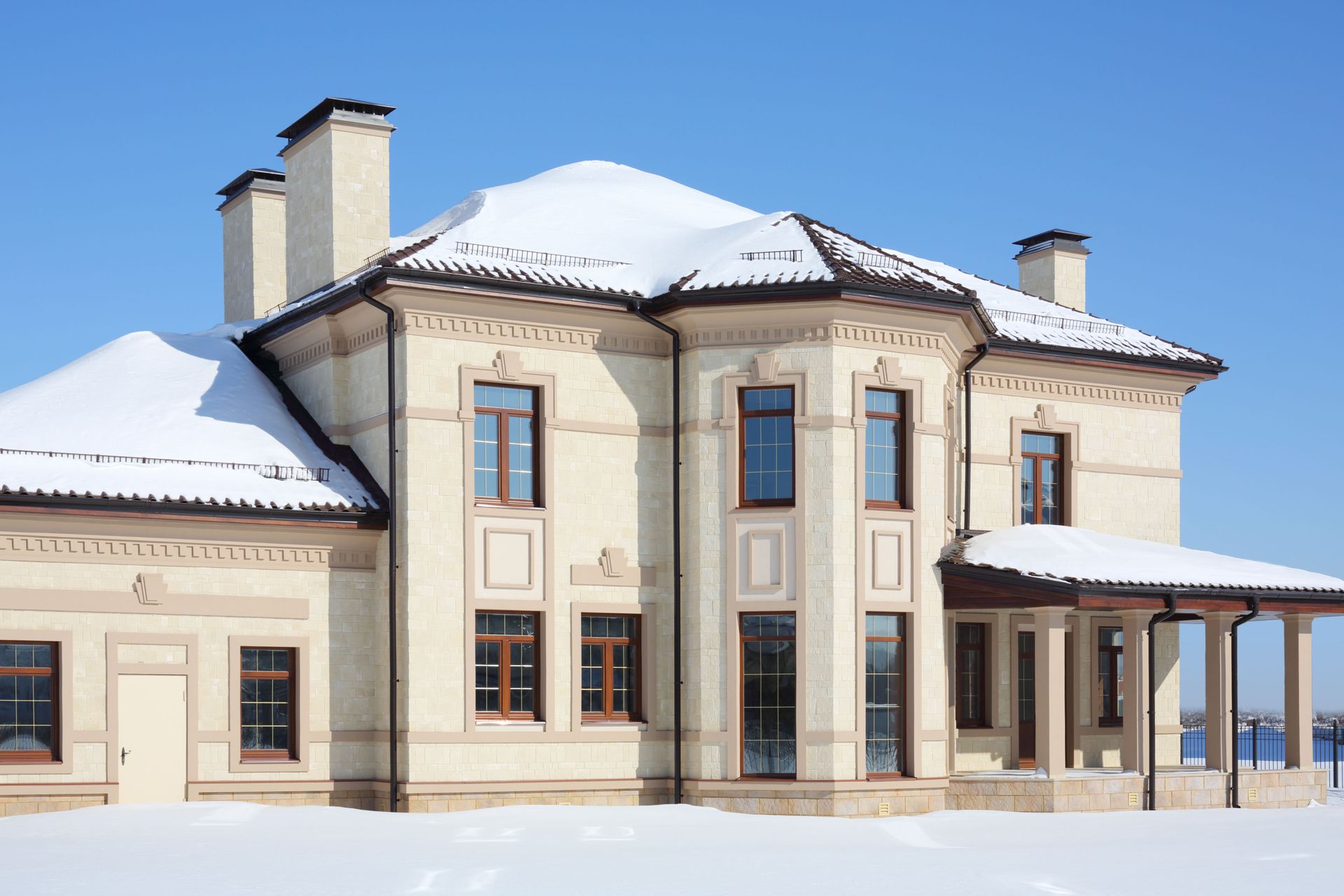
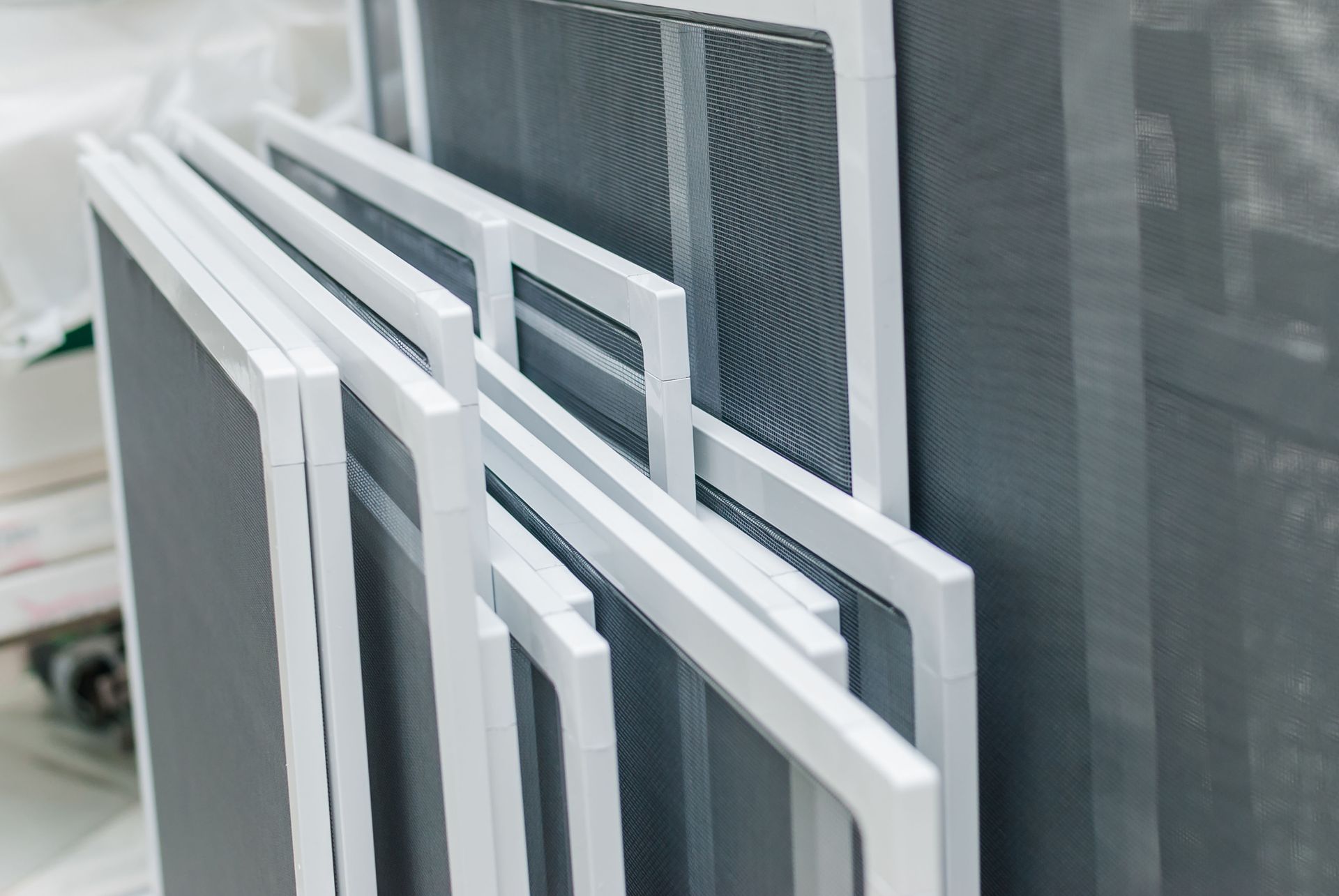
Share On: